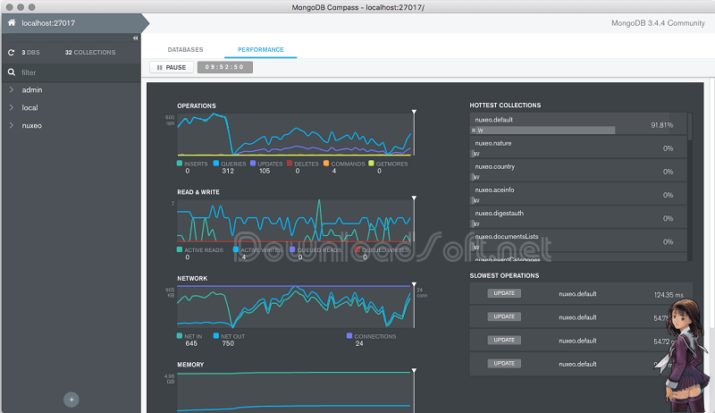
It's a little dated at this point, but it's not.

I mean, LAMP's fine, you can do good work in LAMP. When I joined NYT there was already broad dissatisfaction with the LAMP (Linux Apache HTTP Server MySQL PHP) Stack and the front end framework, in particular. MongoDB was my choice for the database as I already have a lot of experience working on it and because, despite of some bad reputation it has acquired in the last months, I still believe it is a powerful database for at least a very long list of use cases such as the one I needed for my website I believe GraphQL is a better option as it feels more natural to write apis, it improves the development velocity, by definition it fixes the over-fetching and under-fetching problem that is so common on REST apis, and on top of that, the community is getting bigger and bigger. GraphQL because I needed to improve my skills with it and because I was never comfortable with the usual REST approach.

Node.js has a huge community so it will always be a safe choice in terms of libraries and finding solutions to problems you may have This is just the beginning as I am planning to add more features on the lines of sharing and discoveryįor the #BackEnd I decided to use Node.js, GraphQL and MongoDB:
#Mongodb compass mac movie#
It is a minimalist online movie catalog for you to save the movies you want to see and for rating the movies you already saw.
#Mongodb compass mac code#
What's more, you get to see the data types associated with each field and navigate the visual representation with ease.Īt the same time, MongoDB Compass also enables the user to create custom query commands by using the mouse to highlight the sections or areas of interest: the app generates the code automatically, and you get to see the results in real time.I just finished the very first version of my new hobby project: #MovieGeeks. To sum up, MongoDB Compass scans the databases content and enables the user to view the collection's schema in a graphical manner. Powerful MongoDB schema visualization solution that includes query capabilities Note that you can create queries using multiple fields and that MongoDB Compass offers you the possibility to run the command with a simple press of a button: the results will be displayed in the MongoDB Compass main window almost instantly. The best part is that you can use all the MongoDB Compass data representations to swiftly develop queries: just click on the information that interests you and the application will automatically generate the command using the appropriate language. Build queries for your MongoDB database without relying on the query language At the same time, you get to view all the field names contained in the records together with the data type.Īs a result, you can use MongoDB Compass to visualize the schema of your database, and quickly identify possible errors, the frequency of particular fields in the database documents, and the distribution of data per each field depending on type. Just select one of the included databases and MongoDB Compass will display the number of included documents, their total and average size, together with index information.

Once you establish a connection, MongoDB Compass will launch a separate window where you get to see details about your MongoDB installation, and the collections available on the server. Analyze MongoDB collections and documents in a user-friendly graphical user interface This way, you can work with multiple databases at the same time while avoiding going through the configuration procedure multiple times. What’s more, MongoDB Compass offers you the option to add the connection details to the favorite list and give it an easily recognizable name. In addition, you can also use different types of authentication methods, such as username and password, Kerberos, or LDAP. Right off the bat, MongoDB Compass requires the hostname and port for the MongoDB server you want to access. Connect to MongoDB databases with or without providing authentication details MongoDB Compass is a visualization tool that connects to your MongoDB server and offers you the possibility to analyze the included information and create queries without having to work with the command line.


 0 kommentar(er)
0 kommentar(er)
